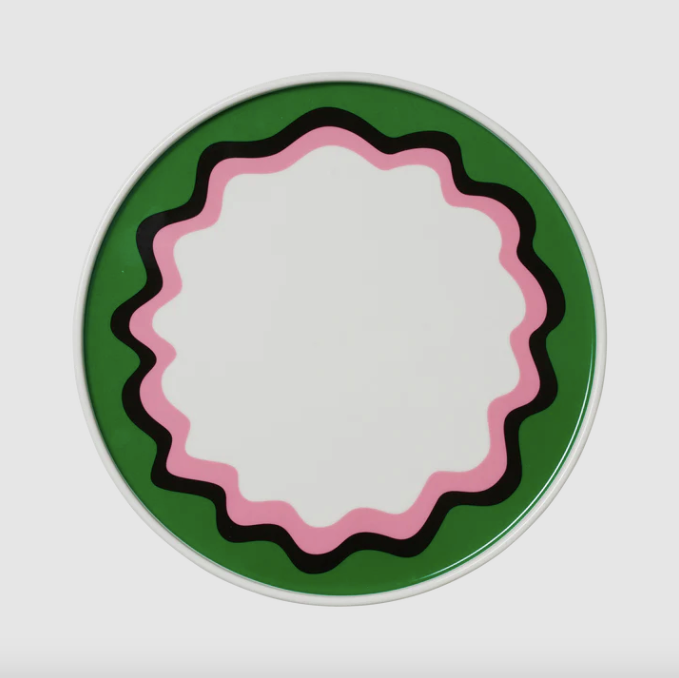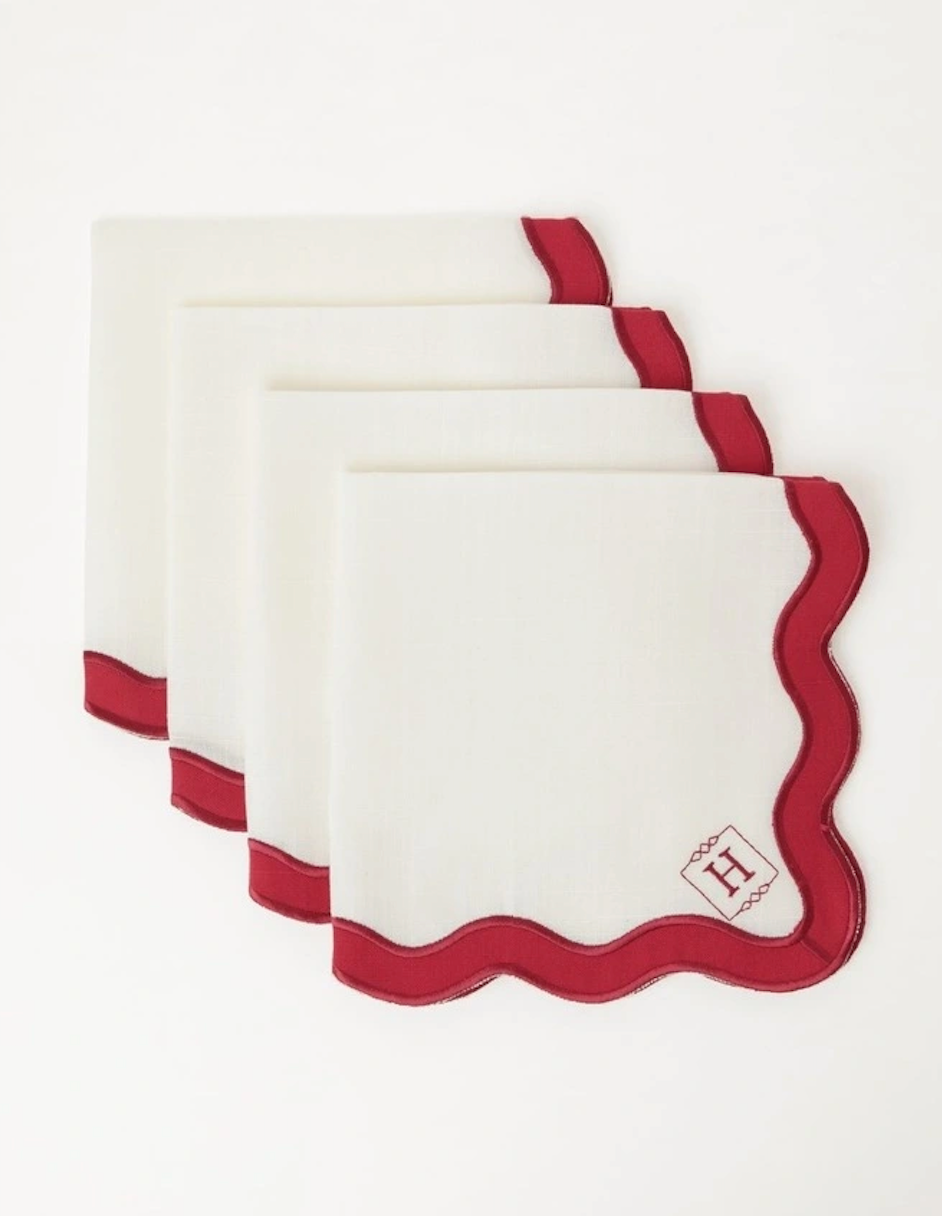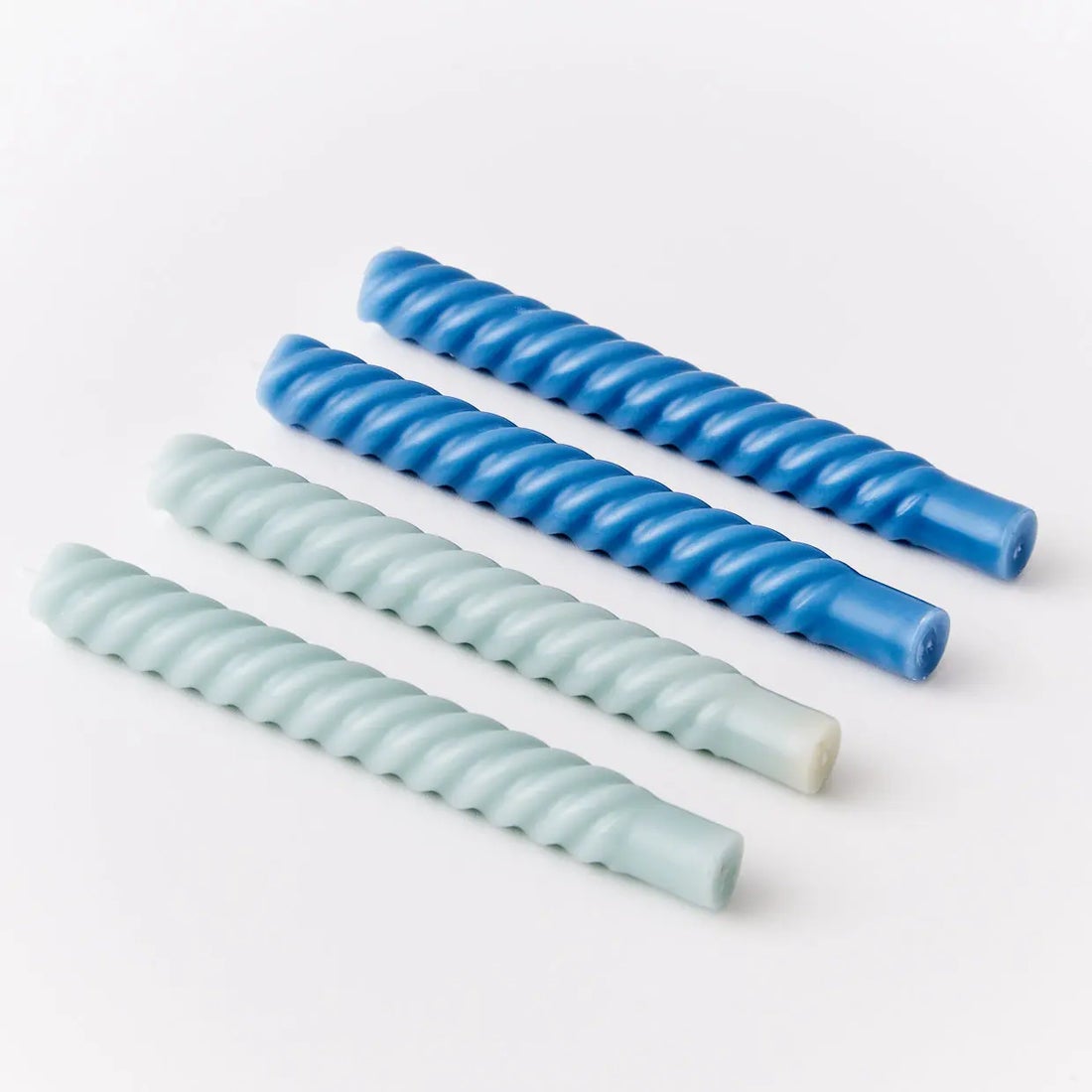The Rise Of The Tablescape: How Place Settings Went From Outdated To The Internet’s Favourite Art Form
It has been said that the dinner party is the hallmark of civilized living. That it’s joie de vivre, manifested. And that it’s been killed by millennials — who seem hell-bent, eternally, on doing away with tradition.
But recent history has indisputably reshaped the landscape of at-home dining. While years in on-and-off lockdowns mandated that many of us redirect creative energy into cooking — deprived of restaurants, prior hobbies and just about everything except food — it also made eating into a solitary experience. So it’s only natural that now, in a world where communal eating has been re-sanctioned, dinner with friends feels like a noteworthy occasion.
AdvertisementADVERTISEMENT
And apropos of social media, that means something rather specific: cheese boards, place cards, candlesticks, the whole nine yards. In fact, charted across Instagram, TikTok, and even broadcast television, we’re watching the rise of a new art form in the world of hospitality: the carefully rendered tablescape. This isn’t your grandmother’s dinner party — but then again, it is. While etiquette surrounding a sit-down meal may feel less stuffy than it once was, folks are leaning further and further into the conventions of proper old-world hosting — like, say, matching candlesticks and carefully curated vintage flatware.
“When I think ‘tablescape,’ I think about weddings and bad Pinterest boards,” says Katherine Lewin, former editorial director at The Infatuation and founder of boutique Big Night. “But right now, I think designing our table settings is kind of a reclaiming of that old-world concept. It’s this creative way of bringing all this joy into hosting. It’s a way of being really intentional about the importance of sitting with people you love around a table.”
Lewin’s shop is named for a particular aphorism of hers: “Any night can be a big night.” And as she sees it, the project of presiding over the aesthetic elements of a tabletop is an acknowledgment of that very philosophy: Dinner with friends is always something special. “Here’s the thing: You can have friends over and order pizza. But if you set the table with candles, and some great red-and-white checked tablecloth, and carafes of wine or water, you’ve made a real moment of it,” Lewin says. “And why not always make an occasion of sitting around a table?”
AdvertisementADVERTISEMENT
Hosting, if nothing else, is the gathering of people in a space — a concept that was certifiably off limits for a long time. But we’re not talking about a house party here. The idea isn’t to cram as many friends as possible into your enclosed space. The idea is curation — the kind of lined-up forks and refined centerpieces that we probably called fussy or outdated pre-2020.
So what, exactly, does a viral table setting look like now?
Embrace Mismatch
Most of us don’t own a matching dishware set for 12 — nor do we have forks designated, specifically, for dessert. In fact, many of the products that come to mind when we think of classic table settings are so pricey, we associate them with wedding registries and inheritances. But as the contemporary trend would have it, a highly curated table is not necessarily an expensive one — nor is it one that obeys the dessert-fork-soup-spoon-etiquette of the era that birthed Martha Stewart.
It’s about intention and artistry, but in service of joy and presence. And in that vein, fine china is not a requirement. “Tablescapes do not have to break the bank,” says Mélanie Masarin, the woman behind buzzy non-alcoholic spirits brand Ghia. “Start off by buying vintage, it’s more eco-friendly, and I love the idea of giving objects a second life. Mix and match your glasses and plates whenever possible.”
While setting out a mismatched flurry of cups and plates was certainly once the ultimate faux pas, that’s no longer the case. We’re living in the era of the power clash — so it’s only logical that right now, chaotic glassware pairings are notably stylish. Which is to say, when it comes to matters of price point, you can visit a local op shop or bid for goods online. All that matters is that you’re curating your tabletop with things you love.
AdvertisementADVERTISEMENT
Prioritise Functionality
“Nothing on the table should distract you from the main event: the people and the food,” says Masarin. “You don’t want super high candles or tall flower arrangements if they’re going to keep you from seeing and speaking with everyone at the table.”
On that note, she recommends straying from anything that’s too precious — a silk tablecloth, for instance — for fear that such a thing might co-opt your attention. Ideally, you’re focusing on the conversation at hand — and not the rings of wine settling into your table covering. “In my opinion, the messier the table is after dinner,” she says, “the more fun the party probably was.”
Try Foraging
Dishware aside, then, you can also get creative with the more decorative elements of the setting. Masarin loves to include branches and flowers from her own garden — and when it comes to foraging, Ariel Kaye, founder and CEO of Parachute, takes a similar approach: “Use a variety of glassware, gather chairs from different rooms of the house and build your own centerpieces by hunting for fresh local flowers,” she says. “There are no rules — this is your table.”
Use Snacks As Decor
Alas, food is not to be discounted entirely. After all, a dinner party does, indeed, typically include dinner. But for the kitchen philistines among us, it can help to know that a perfect ratatouille is non-essential. Instead, you can shine in the snacking department: Consider a cheese or charcuterie board as a centrepiece for your table setting. Not only will it serve as a nucleus for your gathering (everyone is drawn to a triple-cream brie — it’s like a universal siren call), but it’ll also lend a decorative effect.
AdvertisementADVERTISEMENT
“Creating a gorgeous cheese board doesn’t have to be super complicated,” says Suzanne Fanning, editor-in-chief of cheese mag Grate.Pair.Share and CMO of Wisconsin Cheese. “A great cheese board has a variety of textures, tastes, and colors. That means showcasing different types of cheese, including hard, semi-firm, soft, and spreadable cheese. For the meats, you'll want thinly sliced whole-muscle cuts, chunks of cured sausage, and small jars of pate or mousses.”
As far as layout, Fanning recommends creating bounty by digging around in the fridge for some unopened jam or preserves, and adding a space-stealing standby — like a bunch of grapes — as a centerpiece, along with olives, apple slices, crackers, bread, and dabs of honey. “You don’t have to have excessive quantities of food to create a lush landscape,” she says. “Creating a cheese board on a budget is actually pretty easy when you consider the items you most likely already have (and forgot about) in your kitchen.”
Then there’s the question of the cheese board itself. A round, heavy wooden number will always make for a beautiful centerpiece. But hey, if you’ve created a bountiful spread and you’ve got a particular aesthetic in mind, your arrangement may very well look better on a big ‘ol sheet of butcher paper.
Lean Into High/Low Duality
Speaking of high-to-low ratios, Gustavo Dam, food and drink PR impresario and dinner party host extraordinaire, takes a different approach to snack selection. “Instead of a mixed meat-cheese charcuterie board, I like to serve a plate with just shaved meats, a separate plate smeared with beans and sauce, and a board just for cheeses & crackers — with separate bowls for olives and pits, of course,” he says. “Sure, pulling all those items apart and giving each their own canvas is an extra step, but it lets you mix and match heights, sizes and colours. It feels indulgent, and it spans across the table.”
AdvertisementADVERTISEMENT
Moreover, he likes to introduce a little “lower brow” snacking to his spreads, as well. “I always love to serve potato chips with my cheese plates — and typically I make my own,” he explains. “But for serving purposes, I put them back in a big old grocery store Lay’s bag.” As he sees it, the traditional chip vessel, even with an elevated homemade potato snack inside, is a way of toning down a high-key arrangement.
Tell Stories
Now, let's discuss the theme — and by theme, we mean guiding principles. For Nkem Oghedo, founder of roving catering and dining concept Adá Supper Club, it can be as simple as seasonality. Are you throwing an autumnal dinner party? Is your menu composed of roasted harvest vegetables and pumpkin pie? Maybe consider a colour palette — or some floral pieces — full of the rich browns and buttery golds that we typically associate with the season. “Cohesion is one of the most important aspects of a great tablescape. Making sure the various elements make sense together, even if they’re different,” she says. “Your tablescape is another way of telling a story about the current event or menu.”
An impulse toward storytelling has often been described as a symptom of the millennial/Gen Z complex (hello, main character syndrome). And while tablescaping may be a less indulgent form of exhibitionism than, say, shooting an Instagram reel, it’s still founded in the desire to tell a story through any means available. It’s just that the medium requires candlesticks and fresh flowers in lieu of a camera. And you need not share your work on social media to make it count. “Personally, I feel very strongly that the best dinner parties are the ones where people forget about their phones,” says Masarin.
AdvertisementADVERTISEMENT
And unlike with a restaurant, the garnishes that give life to your dinner table feel personal. You’re curating items that mean something to you, that contain a history. “Setting a table is such a fun opportunity to pretend that whatever you're doing is bigger than it is,” says Dam. So be theatrical. You want a table that sets a scene, that’s transportive and indulgent, and, most of all, that tells a story — but not one that gets in the way of whatever anecdote the woman seated across from you is sharing.
“Setting the table is my way of saying, ‘Hey, I really care about this meal, and I wanted to make this table beautiful for us. We don’t need some big occasion to celebrate being together,” says Lewin. “Sure, dinner should take two hours — but we want to make it last for six.”
Want more? Get Refinery29 Australia’s best stories delivered to your inbox each week. Sign up here!
AdvertisementADVERTISEMENT









